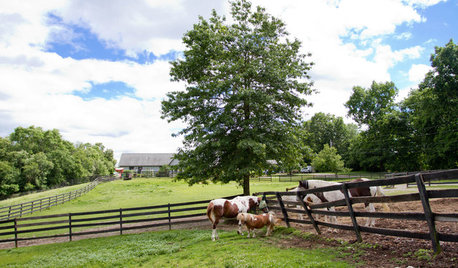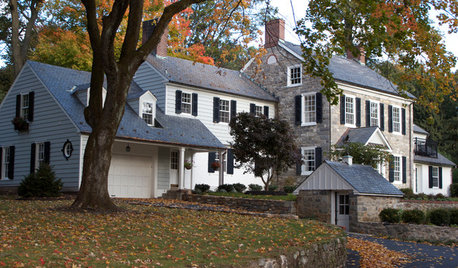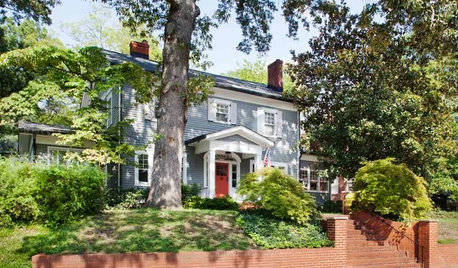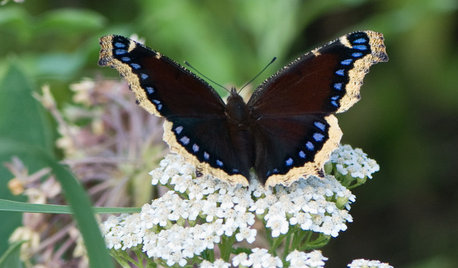Hackberry
RipSteakface
9 years ago
Featured Answer
Sort by:Oldest
Comments (11)
bostedo: 8a tx-bp-dfw
9 years agoRelated Professionals
Windham Landscape Architects & Landscape Designers · Forest Acres Landscape Architects & Landscape Designers · Leawood Landscape Architects & Landscape Designers · Waterbury Landscape Contractors · Arlington Landscape Contractors · Dickinson Landscape Contractors · Euclid Landscape Contractors · Eustis Landscape Contractors · Hicksville Landscape Contractors · Hilton Head Island Landscape Contractors · Oviedo Landscape Contractors · Seven Hills Landscape Contractors · Waterford Landscape Contractors · Graham Window Contractors · Spanaway Window ContractorsRipSteakface
9 years agobostedo: 8a tx-bp-dfw
9 years agoklem1
9 years agoAdella Bedella
9 years agoTexasRanger10
9 years agoRipSteakface
9 years agobostedo: 8a tx-bp-dfw
9 years agoTexasRanger10
9 years agobostedo: 8a tx-bp-dfw
9 years ago
Related Stories

HOUZZ TOURSHouzz Call: Show Us Your Farmhouse!
Bring on the chickens and vegetable patches. If your home speaks country, it might appear in a featured ideabook
Full Story
HOUSEKEEPINGIt’s Time to Clean Your Gutters — Here’s How
Follow these steps to care for your gutters so they can continue to protect your house
Full Story
HOUZZ TOURSHouzz Tour: Whole-House Remodeling Suits a Historic Colonial
Extensive renovations, including additions, update a 1918 Georgia home for modern life while respecting its history
Full Story
GARDENING GUIDESTree Care: Common Tree Diseases and What to Do About Them
Learn to recognize trees that may be affected by diseases or pests so you can quickly take action
Full Story
GARDENING GUIDESBackyard Birds: Northern Cardinals in the Snow, and Other Red Birds
Brilliant crimson feathers make these friends stand out in a crowd
Full Story
GARDENING GUIDESMourning Cloak Butterflies Herald Spring
These butterflies feed at tree-sap flows in spring and visit native plant flowers for nectar in early summer
Full Story
GARDENING GUIDESHow to Stop Worrying and Start Loving Clay Soil
Clay has many more benefits than you might imagine
Full Story





runjbells